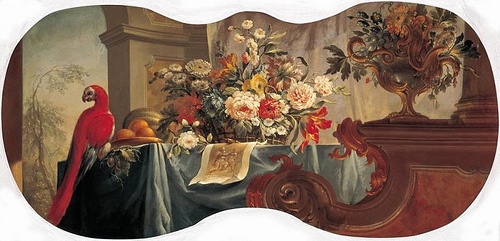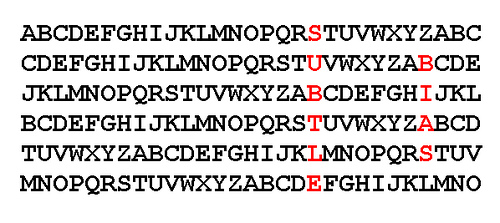The longest word in Shakespeare appears in Act V, Scene 1 of Love’s Labour’s Lost:
O, they have lived long on the alms-basket of words.
I marvel thy master hath not eaten thee for a word;
for thou art not long by the head as
honorificabilitudinitatibus: thou art easier
swallowed than a flap-dragon.
It’s the ablative plural of the Latin honorificabilitudinitas, “the state of being able to achieve honors.” And it can be rearranged to spell hi ludi, F. Baconis nati, tuiti orbi, which means “These plays, F. Bacon’s offspring, are preserved for the world.”
So that settles that.


